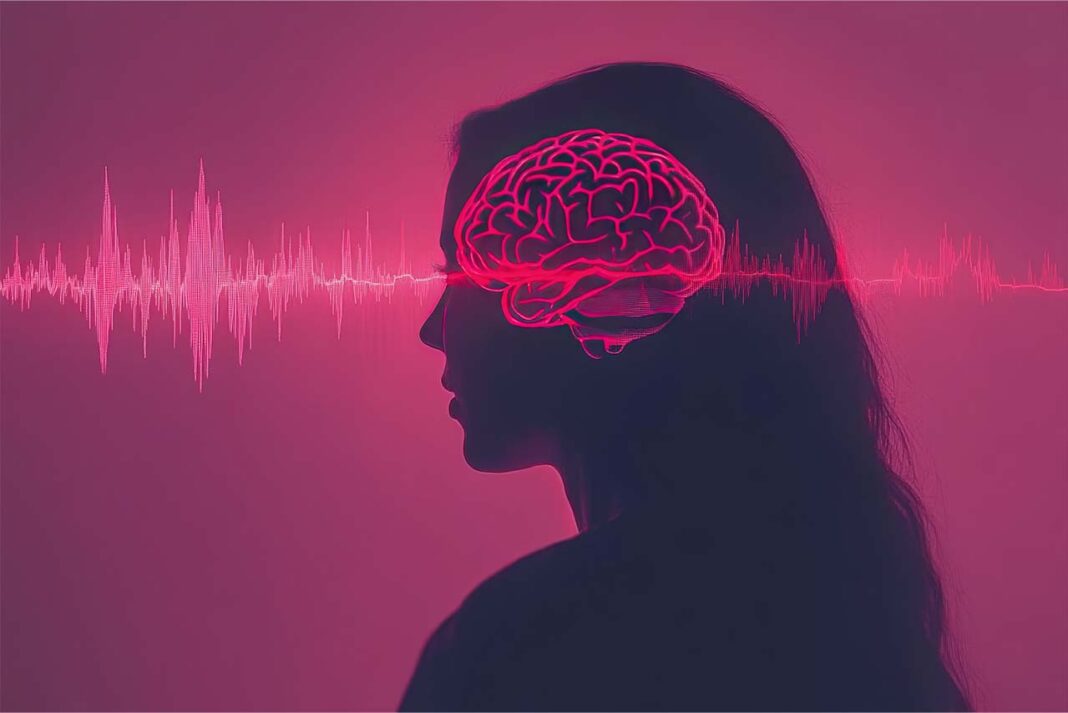The alarm goes off in the morning. Still half-asleep, you notice your heart racing; you know you need to get up, yet the pressure in your chest pins you to the bed. Or right before speaking in front of an audience, your palms sweat and your breathing accelerates. These subtle bodily cues are not merely biological processes; they are the invisible threads shaping mental decisions, emotions, and behavior. In psychology, this phenomenon is called interoception—the ability to perceive and interpret the body’s inner signals. Recent studies have revealed that interoception influences thought and behavior in striking ways.
The Echo of Our Heartbeat in the Brain
Al and colleagues (2020) demonstrated how the brain synchronizes with the heartbeat in an experimental setting. Participants received light tactile stimuli, and researchers examined the relationship between the cardiac cycle and perceptual accuracy. The findings revealed that external stimuli were perceived more clearly at specific phases of the heartbeat. This suggests that the heart’s rhythm not only drives circulation but also shapes sensory experience. The heart, therefore, is more than a pump—it actively guides perception.
Similarly, Fouragnan and colleagues (2024) investigated how the cardiac cycle influences learning. In a reward-and-punishment-based task, results showed that heartbeats modulated the brain’s processing of “prediction errors.” In other words, the rhythm of the heart directs not only emotions but also cognitive processes. Learning depends not only on external experience but also on inner signals and biological rhythms.
How the Brain Encodes Inner Signals
The work of De Falco and colleagues (2024) advanced this line of research by recording neuronal activity in the thalamus and subthalamic nucleus. They discovered single neurons firing in synchrony with the heartbeat. This finding shows that interoceptive information is processed not only in the cortex but also in deeper brain structures. Inner signals are not passive background noise; they are an active source of information embedded within core neural circuits. They may represent one of the fundamental building blocks of both conscious and unconscious processes shaping our behavior.
Clinical and Everyday Implications
Interoception has consequences far beyond the lab. For instance, people with anxiety disorders often report feeling palpitations “for no reason.” This may arise from misinterpreting inner signals. In depression, research suggests individuals perceive internal cues less accurately, weakening their connection to bodily experience (Smith et al., 2021).
Studies on breath awareness and cardiac cycles also indicate that enhancing interoceptive sensitivity strengthens emotional regulation skills. This explains why mindfulness-based therapies emphasize “listening to the body”; focusing on heartbeats and breath can calm a restless mind. On the other hand, measurement biases must be acknowledged. Candia-Rivera and colleagues (2022) showed that natural fluctuations in heart and respiratory rates can distort interoception assessments, reminding us that both clinical and research measurements require rigor.
A Simple Practice
Close your eyes and focus solely on your heart. Without using a watch or device, try to count your heartbeats for 30 seconds. Then measure your actual pulse and compare. If your estimate closely matches, your interoceptive sensitivity is strong. If the difference is large, you can strengthen your body–mind connection with regular practice. Over time, this simple exercise will help you hear not only your heartbeat but also your emotions more clearly.
For those wishing to explore further, recent neuroimaging studies show that interoception extends well beyond the heart, incorporating powerful signals from the stomach and intestines. Clearly, the “voices within” are richer and more central to our behavior than we once believed.
References
-
Al, E., Iliopoulos, F., Forschack, N., Nierhaus, T., Grund, M., Motyka, P., Gaebler, M., Nikulin, V. V., & Villringer, A. (2020). Heart–brain interactions shape somatosensory perception and evoked potentials. Proceedings of the National Academy of Sciences, 117(19), 10575–10584.
-
De Falco, E., Catricalà, E., Iacovelli, F., Lardone, G., Silvestri, S., Vissani, V., Garasto, S., & Valenza, G. (2024). Neuronal coding of interoceptive signals in the human thalamus and subthalamic nucleus. Proceedings of the National Academy of Sciences, 121(7), e2315406121.
-
Fouragnan, E. F., Rouault, M., O’Callaghan, C., Sharp, P., Oliver, R., & Dolan, R. J. (2024). Cardiac cycle modulates learning signals in the human brain. Nature Communications, 15(1), 1844.
-
Smith, R., Thayer, J. F., Khalsa, S. S., & Lane, R. D. (2021). The hierarchical basis of neurovisceral integration. Scientific Reports, 11(1), 6137.
-
Candia-Rivera, D., Catrambone, V., Valenza, G., & Gentili, C. (2022). Cardiorespiratory activity influences interoceptive performance. Scientific Reports, 12(1), 10532.


